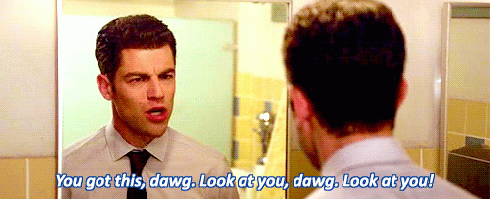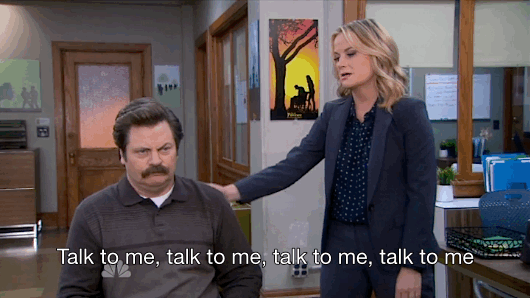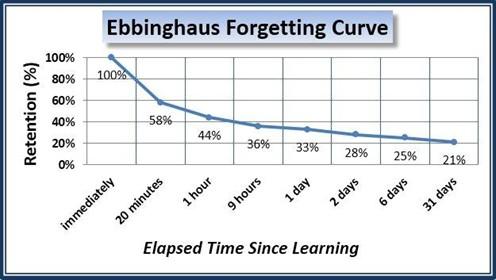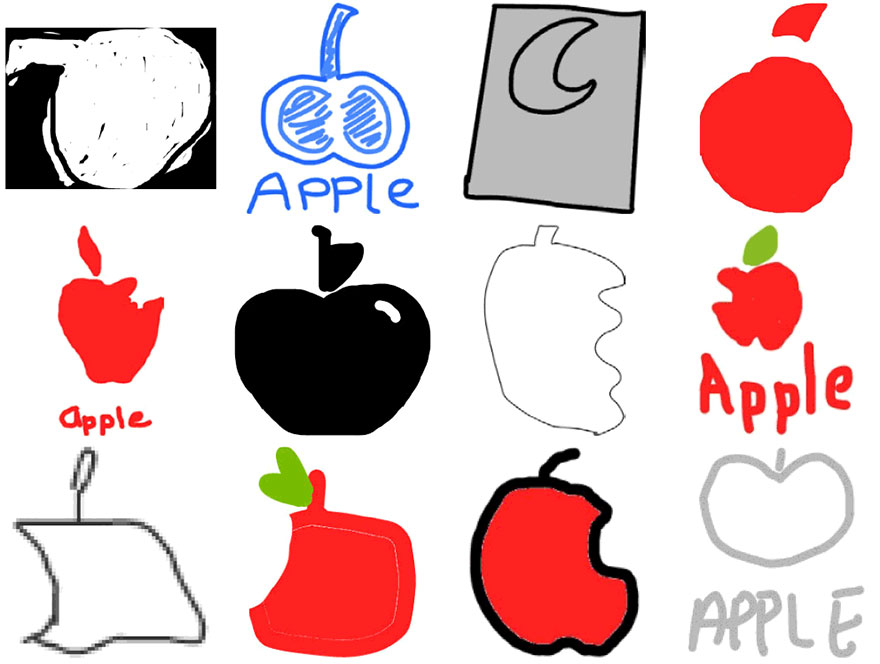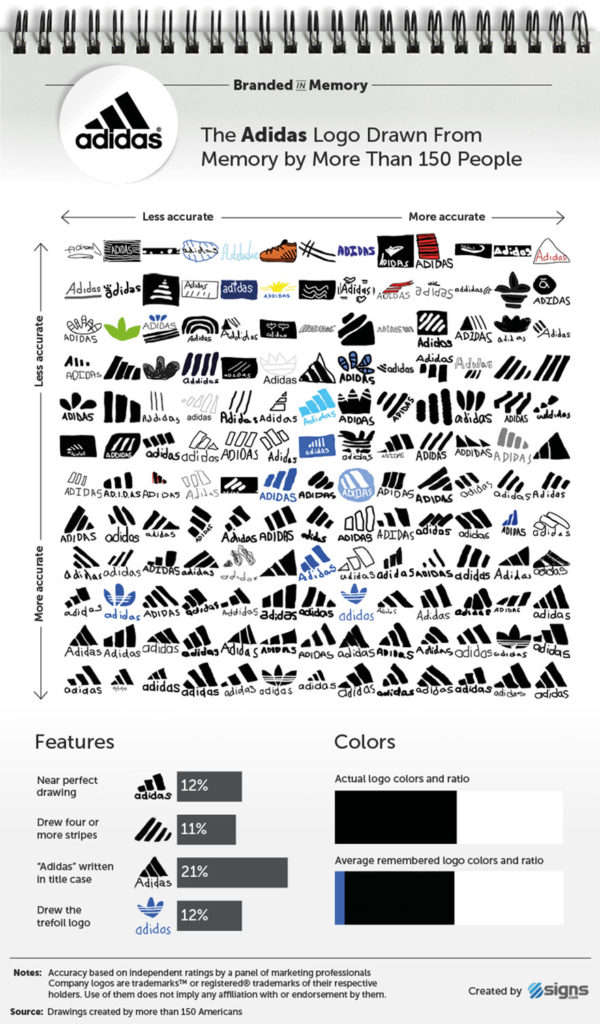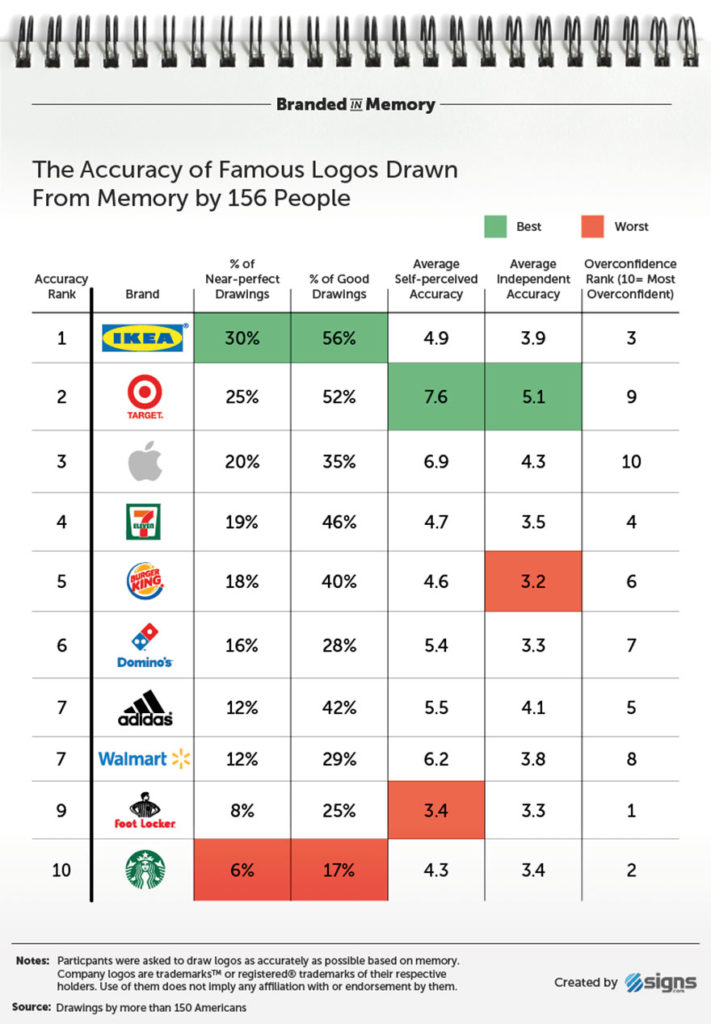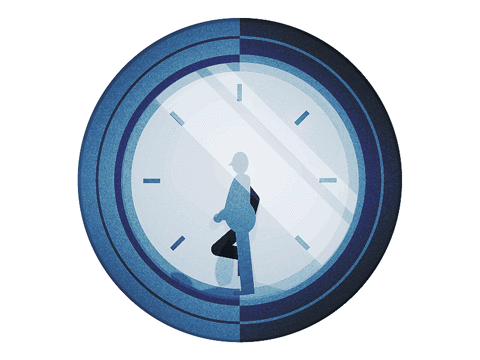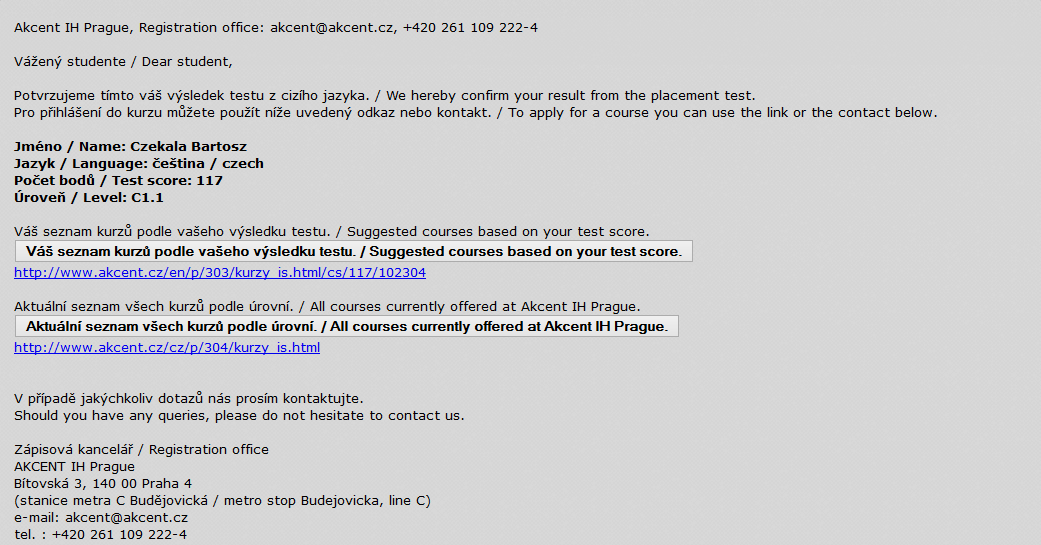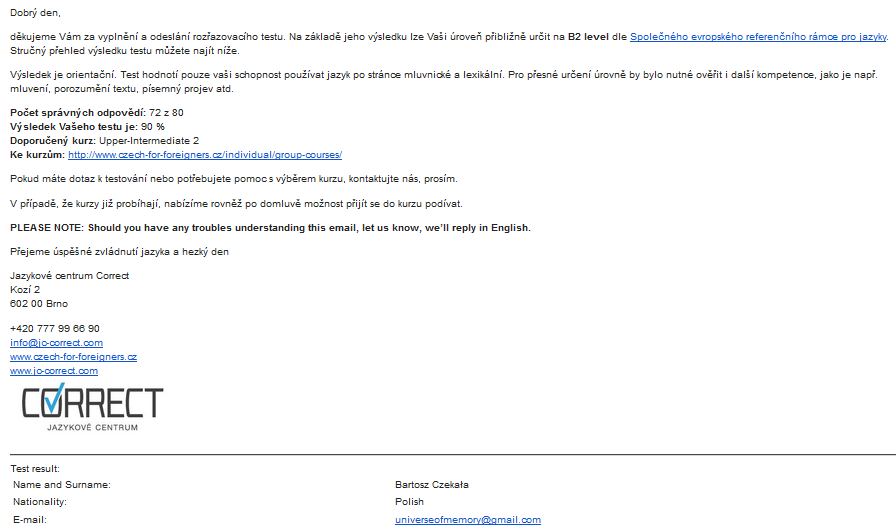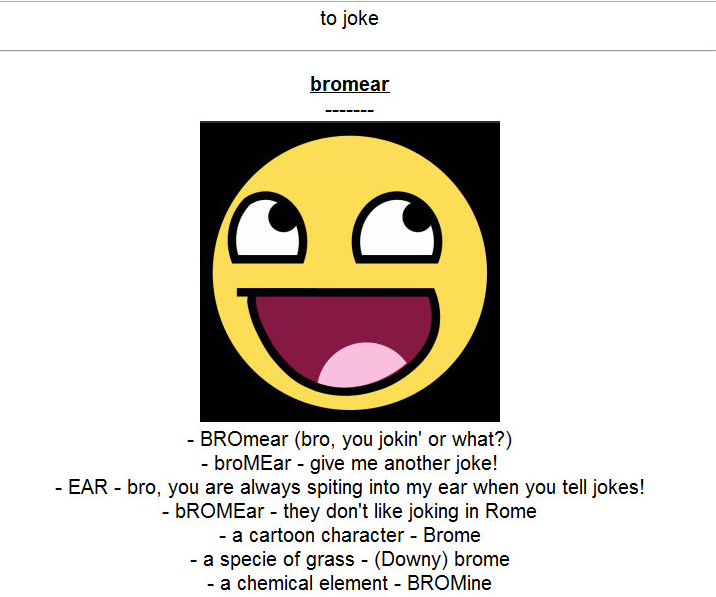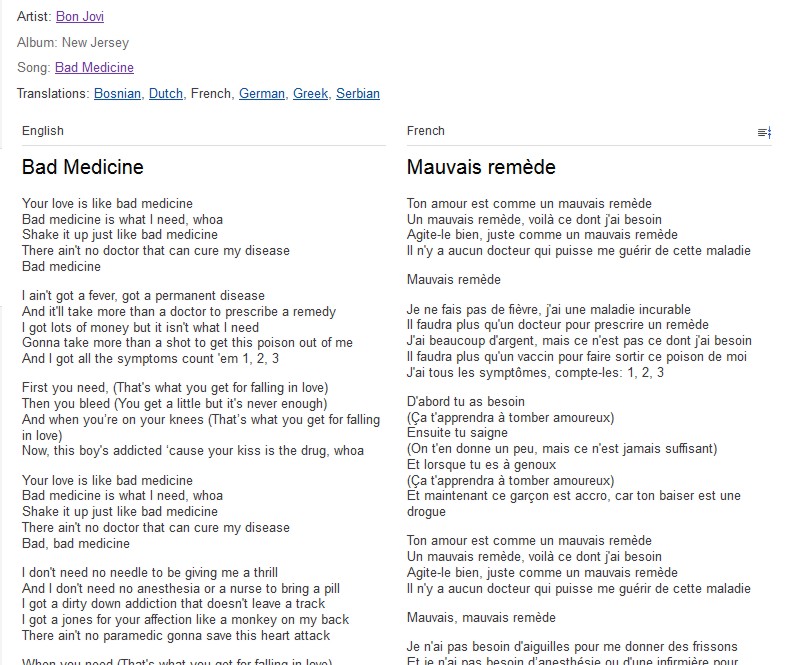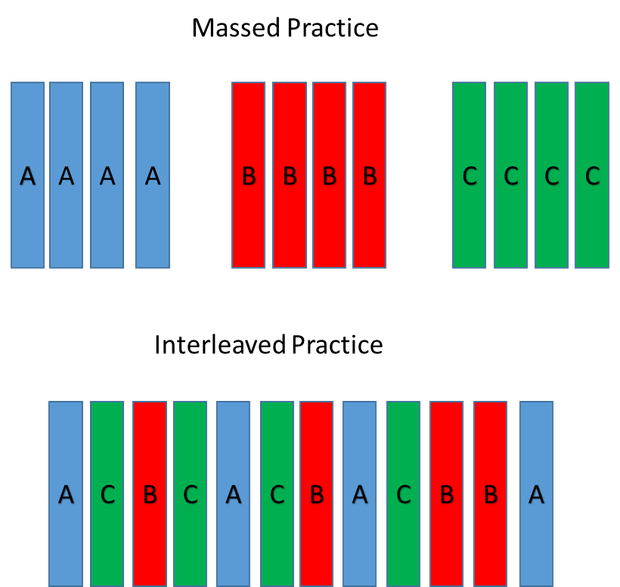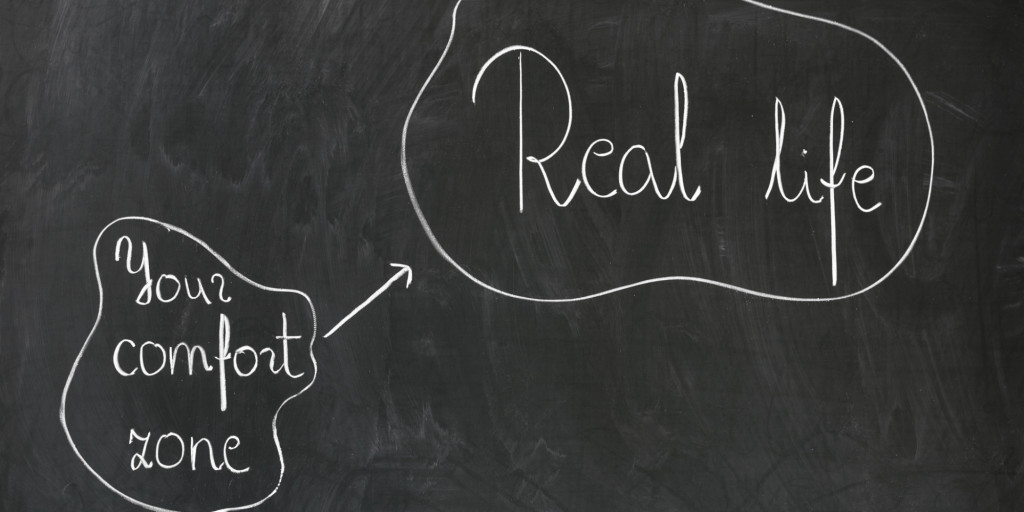How To Learn To Speak a Foreign Language With Social Anxiety

Not everyone is equal in the kingdom of languages. There is one group that is mercilessly oppressed — one group which suffers from a crippling disease called SOCIAL ANXIETY.
It’s a terrible, terrible malady. It doesn’t matter how hard you try to keep your fears and anxiety in a padded cell of your brain. They always scrape their way out to feed your soul with poison. Even if only through the cracks.
But does it mean that you can’t learn a language because of it? Hell no!
I used to suffer from anxiety-induced panic attacks in the past. I sat in my room for days with curtains closed until I ran out of food. Those days are, luckily, long gone. Although anxiety still looms the dark corners of my mind.
So if you are also a victim of this condition – don’t worry. Here is the list of six ideas that you can use to learn to speak a foreign language with social anxiety.
How To Learn To Speak a Foreign Language With Social Anxiety
1) Don’t find a teacher, find a friend
There is a good chance that you don’t want to talk to others because you don’t know them.
You don’t feel comfortable baring your soul in front of them. Every cell in your brain sends you warning signals – watch out; they are out to get you.
But you don’t feel this way around friends or people you trust, do you?
That’s why this is probably the best way to approach language learning for those anxiety stricken. You won’t be able to get any panic attacks or feel anxious with a friend by your side.
Discussing anything becomes much easier when you grow attached to another person. You don’t even have to suffer from anxiety to be able to benefit from such a relationship.
Having such contact with another person drastically changes the way you experience lessons.
You don’t sit in front of a stranger who doesn’t give a shit about your day or well-being. You sit in front of someone who cares. Such a bond makes all the conversations much more meaningful and memorable, as well.
That’s why you should pay close attention to a person who will become your language partner or your teacher.
Look for similarities. Try a lesson to make sure that this person is trustworthy. And, what’s most important, don’t be a weirdo. “Hi, my name is Bartosz. Do you wanna be my friend?”. Ugh.
2) Talk To Yourself
What 99% of people seem to miss is that you don’t necessarily need countless hours of talking with others to be able to communicate freely in your target language.
Why?
Because almost all hard work is done in solitude.
Learning vocabulary, grammar, listening. All that you can do on your own.
Of course, it’s great to have some private lessons from time to time to make sure that you are on the right track. But other than that – you will be fine on your own. You can create your feedback loops to make sure that you are speaking correctly.
But how can you practice speaking on your own?
How to Practice Speaking with Yourself
- visit iteslj.org/questions
- choose a subject you want to discuss
- start answering the questions and do it out loud!
Don’t know a word? Write it down. Do you know a word? Try to find a synonym! Depending on your preferences, you might look it up immediately or save it for later.
You can even scribble these questions on a piece of paper and write down needed vocabulary on the flip side. It will allow you to answer the same question again in the following days.
EXAMPLE:
Q: Why do you hate Kate? (translated into your target language)
A: (needed vocabulary) brainless chatterbox, pretentious
Don’t Be Too Serious – Have Fun
As you can see, you don’t need to be serious when you answer these questions.
Heck, the questions themselves don’t need to be serious!
Have fun!
Q: Have you ever tried eating with your feet?
Q: If you were a hot dog, what kind of hot dog would you be?
The greatest thing of all about learning to talk like this is that nobody judges you. You might mispronounce words in your first try. You might forget them.
And guess what? Nothing. Nothing will happen.
Once you get good and confident enough, you can start talking with others.
I find it quite often to be more effective than real conversations. I know, I know. On the surface, it might seem absurd. There is no interaction, after all.
However, if you look beyond the superficial, you will be able to see that self-talk offers you a lot of opportunities that real-life conversations can’t.
For example, self-talk gives you a chance to activate less frequent words.
I can talk for 20 minutes with myself about cervical cancer. Could I do it with someone else? Let’s try to imagine such a conversation.
– “Hi, Tom! Wanna talk about cervical cancer? It will be fun! I promise!”
– “Stay away, you weirdo!’
– “Cool! Some other time then.”
Read more: Benefits Of Talking To Yourself And How To Do It Right To Master a Language.
3) Write instead of talking
Talking doesn’t necessarily mean discussing philosophical treatises face-to-face. It’s perfectly fine to stick to written communication. In the era of the internet, you are just a few clicks away from millions of potential language partners.
Here is a list of websites where you can find some language exchange partners:
Don’t want to talk to others? Don’t worry. You still might activate your vocabulary. Start writing daily. Anything really will do. It can be a diary, a blog, some observations.
Make it difficult for yourself and choose some difficult subject to jog your mind. It can even be some erotic novel! “The secret erotic life of ferns,” for example. Yep. I like this one.
Read more: Writing or speaking – what is better memory-wise for learning languages?
4) Condition yourself
We might be the pinnacle of evolution, but in some regards, we are no different from your average gopher or a sloth. You can easily get conditioned to react to specific circumstances in a given way.
Why? Habituation. That’s why.
Habituation is a form of learning in which an organism decreases or ceases to respond to a stimulus after repeated presentations. Essentially, the organism learns to stop responding to a stimulus which is no longer biologically relevant. For example, organisms may habituate to repeated sudden loud noises when they learn these have no consequences.
Habituation usually refers to a reduction in innate behaviours, rather than behaviours developed during conditioning in which the process is termed “extinction”. A progressive decline of a behavior in a habituation procedure may also reflect nonspecific effects such as fatigue, which must be ruled out when the interest is in habituation as a learning process. – Wikipedia
Once you learn that all that gloom and doom is only in your head, you can start modifying your behavior (you can read more about it in Dropping Ashes on the Buddha: The Teaching of Zen Master Seung Sahn. Highly recommended!)
You can leverage this rule and condition yourself to become a braver version of yourself. Maybe you won’t get I-will-slay-you-and-take-your-women brave in two weeks, but it will get you started.
Your action plan is simple but not easy.
Find situations where you can expose yourself to stressors
As Oscar Wilde used to say, “We are all in the gutter, but some of us are looking at the stars.” And only you know how deep you are stuck in this anxiety gutter.
Choose your first task accordingly, and move your way up from there. Don’t make it too easy or too hard on yourself.
Some of the things you might do are:
Learn To Speak a Foreign Language With Social Anxiety – Conditioning Strategies
a) HIGH ANXIETY LEVELS – post your comments:
- in one of FB language groups
- under a YT video
- popular tweets
- an article on Reddit or some other website
In other words, just leave a comment somewhere. You don’t even have to go back to check responses!
b) MEDIUM ANXIETY LEVELS (exchanging messages)
- register at Italki.com and write to just one language exchange partner
- download HelloTalk and write to someone
c) LOW ANXIETY LEVELS (face-to-face conversations)
- go to a nearby language café and talk with others
- find the nearest language meeting on MeetUp.com and go there
Any start is a good start as long as you start.
5) Reframe your thoughts
There is a good chance that you have heard about reframing your thoughts. The basic premise is very simple.
Every time you catch yourself being anxious about some situation, you should look at it from a different perspective.
Instead of saying, “Gosh, she sure wouldn’t like to talk with me,” you can change it to, “I bet she is bored right now and would love to have a nice chat with me.”
I know. It sounds corny.
The first time I heard this piece of advice, I felt as if a ragged hobo tried to jam a lump of guano in my hand, saying, “Just pat it into your face, and you will gain superpowers.”
Little did I know that this advice is as brilliant as it is simple. Much water passed under the bridge before I finally started applying it.
But why does it work? Because such is the nature of memories. They are not set in stone and perennial.
Research conducted by Daniela Schiller, of Mt. Sinai School of Medicine and her former colleagues from New York University, shows us something truly amazing.
Schiller says that “memories are malleable constructs that are reconstructed with each recall. We all recognize that our memories are like Swiss cheese; what we now know is that they are more like processed cheese.
What we remember changes each time we recall the event. The slightly changed memory is now embedded as “real,” only to be reconstructed with the next recall. – Source
So what does it all mean?
It means that adding new information to your memories or recalling them in a slightly different context might alter them.
How much? Enough for you to recalibrate how you perceive the world around you! It’s up to you how much you want to reshape your perception of reality.
6) Decide whether you really need to speak a language
It seems like a strange statement. But the truth is that not everyone needs to learn how to speak a language.
Before you dive into the language learning process, be sure that it’s something you want. You shouldn’t feel pressured into doing so just because others do. You don’t want to spend hundreds of extra hours on something you are not going to use.
Remember that every language, even the tiniest of them all, is a skeleton key to the vastness of materials – books, movies, anecdotes, etc. It’s fine to learn a language to be able to access them all.
Learn To Speak a Foreign Language With Social Anxiety – Your Strategies
Here is a quick summary of all the strategies mentioned above.
- Don’t find a teacher, find a friend
- Talk To Yourself
- Write instead of talking
- Condition yourself
- Reframe your thoughts
- Decide whether you really need to speak a language
How To Learn To Speak a Foreign Language With Social Anxiety – Summary
Overcoming your language learning anxiety can be hard, but it is certainly doable. When in doubt, always keep in mind that our reality is negotiable to a large degree – if you believe you can change, it is possible.
What’s more, you shouldn’t forget that the real work is always done in solitude. Teachers or language partners might show you what to concentrate on, but it’s up to you to put this knowledge into practice.
You don’t have to limit yourself to activating your vocabulary only through speaking. Writing is also a very desirable option.
Lastly, remember that changing your diet can also be very helpful. You can do it, for example, by introducing anti-inflammatory foods like turmeric.
Back to you.
Can you share any tricks/methods which helped you overcome your language learning anxiety?
No advice is too small or trivial. As always, feel free to comment or drop me a message.


